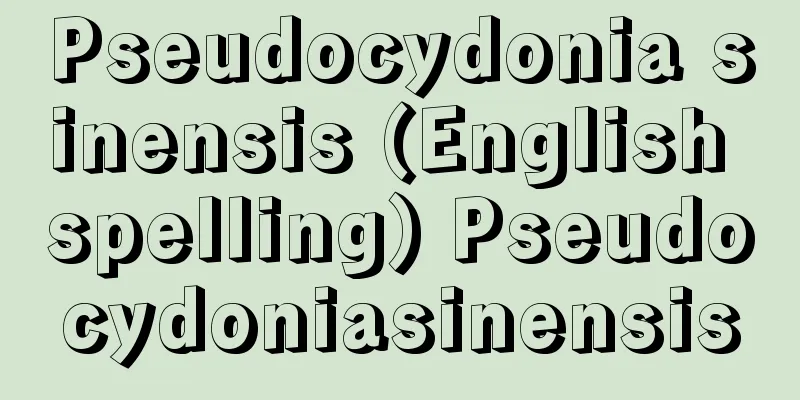Gido Shushin

|
Year of death: 1388.5.10 (4/4) Year of birth: Median 2. Leap 1.16 (1325.3.1) A Rinzai sect monk and Gozan literature monk during the Northern and Southern Courts period. He was also known by the pseudonym Kuuka. He was from Takaoka County, Tosa (Kochi Prefecture). He first ascended Mount Hiei to receive the precepts, and in 1341 he changed his clothes and converted to Zen Buddhism, studying under Muso Soseki. After Soseki's death, he visited Ryuzan Tokken, who conveyed the traditions of the Kongo-do-shita family. This study influenced his later style of poetry and literary inclinations, eventually leading to the compilation of the Juhen Teiwa Ruijusoen Renposhu. In 1359, he was ordered by Ho-ke Haruya Myoha to travel to the Kanto kubo Ashikaga Motouji's residence, and was tasked with expanding the Muso school. He was active in Kamakura for about 20 years, gaining the trust of Motouji and Ujimitsu, and receiving the patronage of Uesugi Tomofusa and Yoshinori, while also serving as the abbot of Zuisen-ji Temple and establishing a leading position in the Kamakura monastery. During this time, he encountered incidents such as the conflict between the followers of Daikaku and Bukkou erupting in the great fire of Engaku-ji Temple, and his struggle to respond to these events can be seen in Gido's diary, Kuga Nichiyo Kogo Ryakushu. In 1380, he was summoned by Shogun Ashikaga Yoshimitsu and returned to Kyoto, where he resided at Toji-in, Kennin-ji, and Nanzen-ji temples. Yoshimitsu trusted him deeply, and as a powerful brain, he had a strong influence on the organization of the monastery and the acceptance of Zen culture. His writings include Kugashu and Gido Osho Goroku, and his lectures on Santai-shi were cited as major theories in later abridgements. Traditionally, it has been considered the twin pillar of Gozan literature alongside Zekkai Nakatsu, but its flatness, which does not deviate from common sense frameworks, seems to contrast with the richness of Zekkai. (Iizuka Dai Exhibition) Source: Asahi Japanese Historical Biography: Asahi Shimbun Publications Inc. About Asahi Japanese Historical Biography |
|
没年:嘉慶2/元中5.4.4(1388.5.10) 生年:正中2.閏1.16(1325.3.1) 南北朝期の臨済宗の僧,五山文学僧。別に空華とも号した。土佐(高知県)高岡郡の人。初め比叡山に登り受戒し,暦応4/興国2(1341)年衣を更え禅宗に帰依して,夢窓疎石に師事した。疎石の没後,金剛幢下の家風を伝える竜山徳見に参じた。この参学はのちの詩風および文学の志向に影響を与え,やがて『重編貞和類聚祖苑聯芳集』を編するに至る。延文4/正平14(1359)年法兄春屋妙葩の命を受け,関東公方足利基氏の招請に応ずる形で,夢窓派拡張の任を担って下向した。以後,約20年間鎌倉で活動し,基氏,氏満父子の信任を得,上杉朝房,能憲の帰依を受ける一方,瑞泉寺住持などを経て鎌倉叢林における指導的立場を確立した。この間,大覚,仏光両門徒の抗争が円覚寺の大火として噴出するなどの事件に遭遇し,その対応に苦悩する姿が義堂の日記『空華日用工夫略集』から読みとれる。康暦2/天授6(1380)年将軍足利義満の召還により帰京し,等持院,建仁寺,南禅寺各寺を歴住する。義満の信頼は厚く,有力なブレーンとして叢林の機構整備および禅宗文化の受容などに強い影響力を有した。著述には『空華集』『義堂和尚語録』などがあり,『三体詩』の講義は主要な説としてのちの抄物に引用される。従来は絶海中津と並んで五山文学の双璧とされてきたが,常識的枠組みを崩さない平板さは絶海の豊潤さとは対比的であるように思われる。<参考文献>入矢義高『五山文学集』 (飯塚大展) 出典 朝日日本歴史人物事典:(株)朝日新聞出版朝日日本歴史人物事典について 情報 |
Recommend
Soga clan
A powerful clan from Yamato Province to the Asuka...
In-laws - relatives
〘 noun 〙 A person who has become related through m...
"The Legend of Onuma Makurayama"
…His works include “Makurayama Shisho”, “Poems of...
Weldon's Ladies' Journal
…The success of the English Women's Domestic ...
Erlach, F. von - Erlach
…This period can be called the Baroque. The Baroq...
Spray drying - Funmukanso (English spelling) Spray drying
This is a method of drying in which liquid or slu...
Olive (manga) - Olive
...He soon became the protagonist of a comic stri...
Enma dung beetle - Enma dung beetle
…These beetles are collectively called dung beetl...
Guo Si - Hidden
…This is a compilation of the landscape painting ...
Mu-rong Huang; Mu-jung Huang
297‐348 Chief of the Murong tribe of the Xianbei p...
Iwami [town] - Iwami
A former town in Ochi County, central Shimane Pref...
Changsung (English spelling)
A wooden (or stone) deity statue that stands at th...
Nine-point circle
Also known as Euler's circle. The midpoints of...
Sugarplum (English spelling)
...hard candy (candy with little moisture) with a...
Three-cushion billiards
...A little before this, a completely new game, f...


![Uchiumi [town] - Uchinomi](/upload/images/67cafde0193ab.webp)




![Nakatomi [town] - Nakatomi](/upload/images/67cc63de40e4b.webp)

